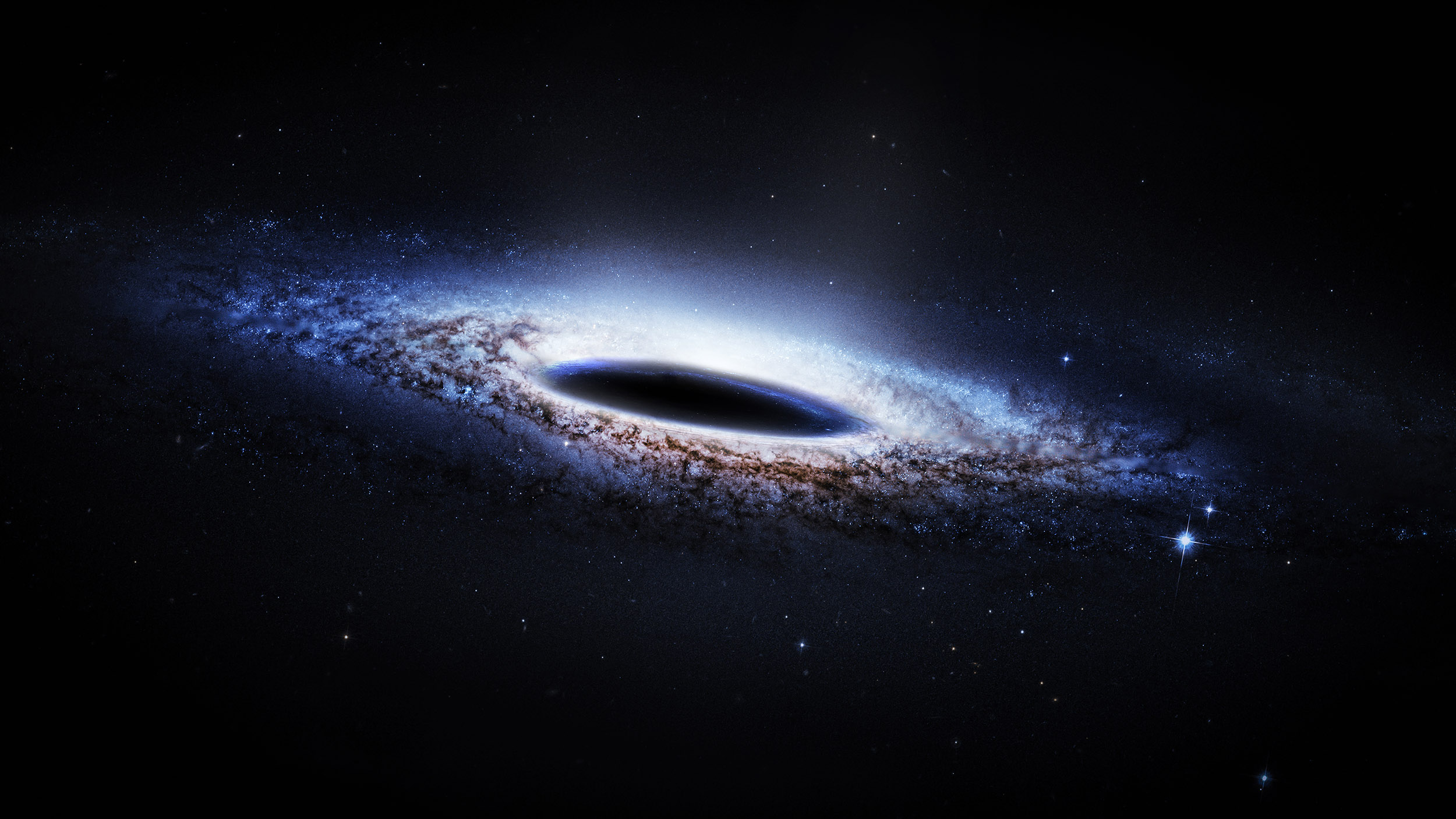Astronomers Find Elusive “Missing Link” Black Hole Near Milky Way’s Core, Solving a 20-Year Mystery
TL;DR
Astronomers have identified a rare intermediate-mass black hole hiding in the IRS 13 star cluster, just a tenth of a light-year from the supermassive black hole Sagittarius A* at the center of the Milky Way. By analyzing data from multiple observatories, scientists discovered that the stars in the cluster move in a coordinated fashion, held together by this hidden black hole, which is 30,000 times the mass of the sun. Further studies using the James Webb Space Telescope are expected to reveal more about the dynamics of this strange cluster and the role black holes play in galaxy evolution.
__________________________
Astronomers have identified a rare “missing link” black hole, and it’s hiding at the core of our galaxy.
The IRS 13 star cluster has puzzled scientists for years. Located just one-tenth of a light-year away from the center of the Milky Way, where the Sagittarius A* supermassive black hole sits, the cluster’s proximity to this massive gravitational force should leave it structurally unstable.
However, researchers have found that the stars in the cluster are moving in a coordinated fashion. Their findings, published in a study in The Astrophysical Journal on July 18, suggest that these stars are held together by a hidden black hole interacting with Sagittarius A*. “This intriguing star cluster has consistently amazed the scientific community since its discovery around twenty years ago,” said lead author Florian Peissker, an astronomer at the University of Cologne, Germany. “Initially, it was thought to be an unusually massive star. However, with high-resolution data, we can now confirm that it is centered around an intermediate-mass black hole.”
Black holes form when giant stars collapse and grow by consuming gas, dust, stars, and other black holes. Currently, black holes are categorized into two main types: stellar-mass black holes, which range from a few to a few dozen times the mass of the sun, and supermassive black holes, which can range from a few million to 50 billion times the mass of the sun.
Intermediate-mass black holes — thought to range from 100 to 100,000 times the mass of the sun — are the most elusive. While several potential candidates have been detected, none have been definitively confirmed.
This presents a problem for scientists. If black holes grow by steadily consuming material, the lack of observed intermediate black holes suggests a gap in our understanding of their development.
To better understand IRS 13, astronomers used data from the Very Large Telescope, the Atacama Large Millimeter/submillimeter Array, and the Chandra X-ray telescope, incorporating the results into a model of the star cluster.
The stars’ movements indicated an empty area at the center of the cluster, but upon closer examination, researchers found X-rays emitted from a ring of ionized gas — a telltale sign of a black hole’s accretion disk. Calculations revealed that a mass 30,000 times that of the sun likely resides there: an intermediate black hole.
Now that they have identified a potential mini black hole, astronomers plan to conduct further observations with the James Webb Space Telescope and the Extremely Large Telescope, currently being built in Chile’s Atacama Desert. These observations will shed more light on the star cluster’s strange dynamics and help explain how both small and large black holes function.




